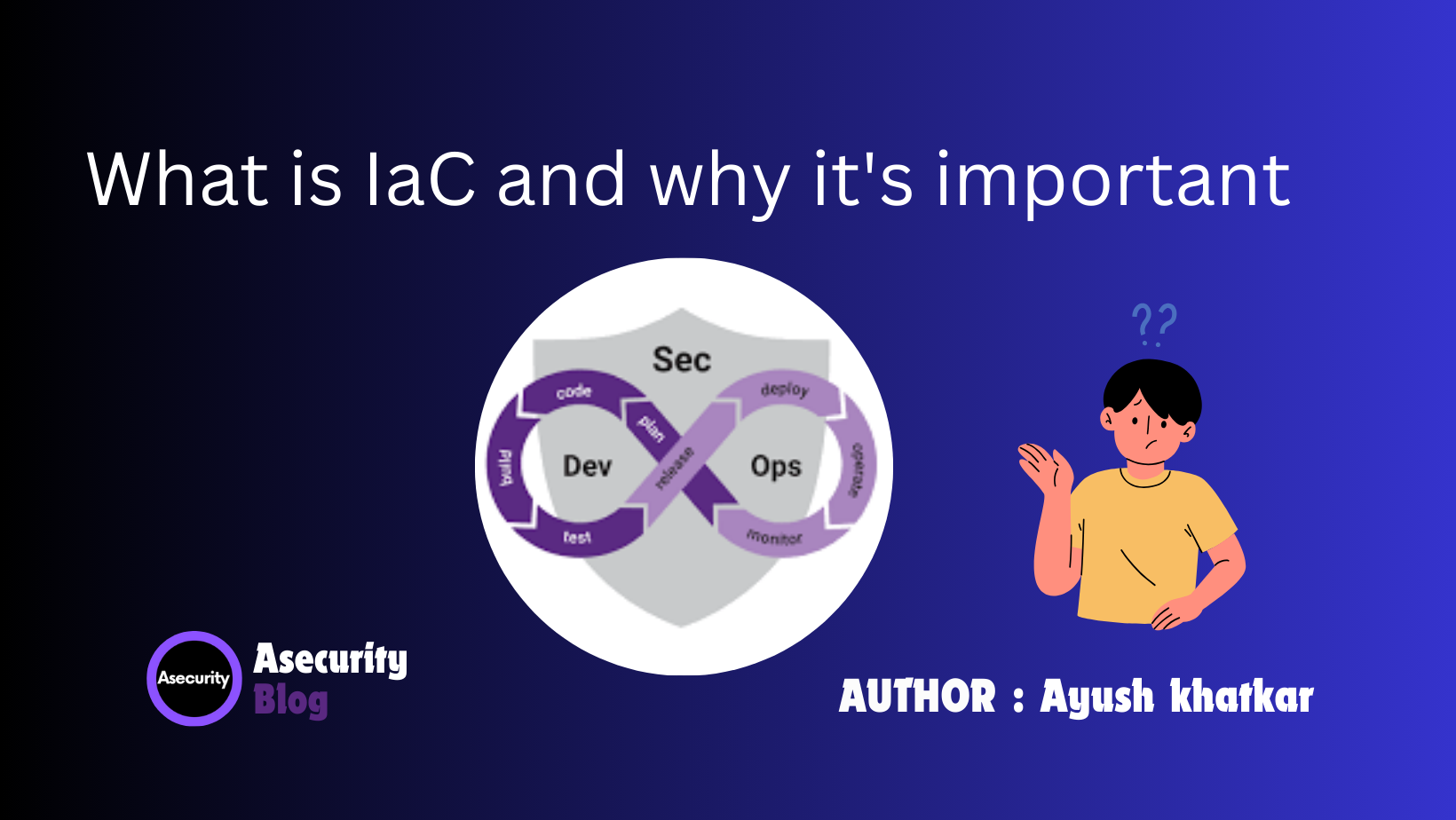What is IaC and why it's important

Deep Dive into IaC Security
Understanding Infrastructure as Code (IaC)
Infrastructure as Code (IaC) is a revolutionary approach to managing and provisioning IT infrastructure using code rather than manual processes. It involves defining infrastructure resources like servers, networks, and storage in configuration files, which can then be versioned, tested, and deployed automatically. Popular IaC tools include Terraform, AWS CloudFormation, and Ansible.
The Importance of IaC Security
While IaC offers numerous benefits, it also introduces new security challenges. Misconfigurations, vulnerabilities in IaC code, and unauthorized access can lead to significant security breaches.
Common Security Vulnerabilities in IaC
Misconfigurations: Incorrectly configured resources can expose vulnerabilities. For example, allowing public access to storage buckets or using weak passwords.
Hardcoded Secrets: Embedding sensitive information like API keys or passwords directly in IaC code creates a significant risk.
Insufficient Input Validation: Lack of proper input validation can lead to injection attacks or other vulnerabilities.
Insecure Dependencies: Using outdated or compromised third-party modules can introduce vulnerabilities.
Lack of Testing: Inadequate testing of IaC code can result in unexpected behavior and security risks.Best Practices for Writing Secure IaC Configurations
Use Strong Secrets Management: Employ tools like HashiCorp Vault or AWS Secrets Manager to securely store and manage secrets.
Implement Input Validation: Validate all user-provided inputs to prevent injection attacks.
Leverage IaC Scanning Tools: Use tools to analyze IaC code for potential vulnerabilities and misconfigurations.
Enforce Code Reviews: Conduct thorough code reviews to identify security issues.
Follow Security Principles: Adhere to security best practices like least privilege, defense in depth, and regular patching.Tools and Techniques for Scanning and Testing IaC
Static Analysis: Analyze IaC code for vulnerabilities using tools like Checkov, Terratest, and tfsec.
Dynamic Analysis: Test IaC configurations in real environments to identify runtime issues.
Infrastructure as Code Scanning: Use tools like Aqua Security, CloudSploit, and Snyk to scan cloud infrastructure for misconfigurations.Integrating IaC Security into the DevSecOps Pipeline
Early Security Testing: Incorporate IaC scanning into the CI/CD pipeline to catch issues early.
Security Gatekeeping: Implement security gates to prevent deployment of insecure infrastructure.
Continuous Monitoring: Monitor infrastructure for changes and vulnerabilities.By following these guidelines and leveraging the right tools, organizations can significantly enhance the security of their infrastructure while enjoying the benefits of IaC.
Happy Secure Software,
Author: Ayush khatkar is a cybersecurity researcher, technical writer and an enthusiastic pen-tester at Asecurity. Contact here.

